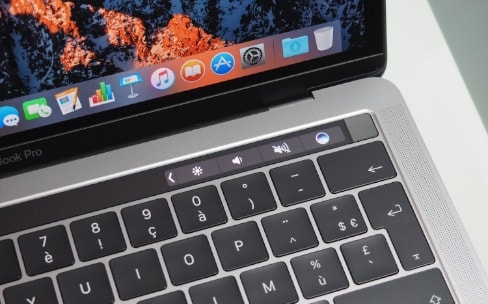| Developer(s) | Objective Development Software GmbH |
|---|---|
| Stable release | 4.5 (March 30, 2020; 19 days ago[1]) [±] |
| Written in | Objective-C |
| Operating system | macOS |
| Available in | German, English, Chinese, Japanese, Russian |
| Type | Firewall |
| License | Proprietary |
| Website | https://obdev.at/products/littlesnitch |
| Usage | |
Little Snitch is a host-based application firewall for macOS. It can be used to monitor applications, preventing or permitting them to connect to attached networks through advanced rules. It is produced and maintained by the Austrian firm Objective Development Software GmbH.
Open the Application Support folder, scroll and find the Crash Reporter folder; select “Little Snitch Network Monitor5EEBD9E0-EECD-54BA-A262-F2ED696E8A90.plist” file and delete it. Then, open the Logs folder and remove “Little Snitch Installer.log” and “Little Snitch Uninstaller.log”. How to remove little snitch from macbook pro. Jan 31, 2020 However, this way you can only remove the Little Snitch 4 application files and as for other app files, like Little Snitch 4 cached files, preference settings and running reports/logs, probably they'll be left behind. Follow steps below to learn how to uninstall Little Snitch 4 from your Mac manually (Learn How To Uninstall MacKeeper). One-Station Solution: Remove Little Snitch Configuration Entirely 1. Download Osx Uninstaller and install this tool to the Application folder. Launch Osx Uninstaller, select Little Snitch Configuration and click Run Analysis. Review related files and folders, click Complete Uninstall button. Open up Launchpad, and suggestions Little Snitch Settings in the search pack at the top. Click and maintain Little Snitch Settings icon that looks until it begins to wiggle. Click on the “X” icon that looks on the kept upper part of Little Snitch Construction, and go through the Delete button in.
People use Little Snitch because it's 'easy' and they don't understand that OS X already provides the same functionality. Little Snitch is insecure were it to have a CLI because it runs as the user. Mar 19, 2017 The problem is the disconnects can happen within a minute or an hour. The only other app that even interacts with the network connection is Little Snitch. But, I've been using it just as long as I've been using Viscosity. And yes, the Little Snitch rules are. From the Little Snitch screen 'In Silent Mode, instead of showing a Connection Alert, Little Snitch either allows or denies (depending on the type of Silent Mode) all traffic that is not covered by a rule.'
Little Snitch Applescript Free
Unlike a stateful firewall, which is designed primarily to protect a system from external attacks by restricting inbound traffic, Little Snitch is designed to protect privacy by limiting outbound traffic.[2] Little Snitch controls network traffic by registering kernel extensions through the standard application programming interface (API) provided by Apple.[3]
If an application or process attempts to establish a network connection, Little Snitch prevents the connection. A dialog is presented to the user which allows one to deny or permit the connection on a one-time or permanent basis. The dialog allows one to restrict the parameters of the connection, restricting it to a specific port, protocol or domain. Little Snitch's integral network monitor allows one to see ongoing traffic in real time with domain names and traffic direction displayed.
The application (version 4) received a positive 4.5/5 review from Macworld.[4]
References[edit]
- ^'Release Notes – Little Snitch'. Retrieved March 31, 2020.
- ^'Little Snitch 4'. Retrieved July 20, 2019.
- ^Little Snitch 3 - Documentation. Objective Development Software GmbH. 2013.
- ^Fleishman, Glenn (September 8, 2017). 'Little Snitch 4 review: Mac app excels at monitoring and controlling network activity'. Macworld. Retrieved July 20, 2019.
External links[edit]
- Official website
